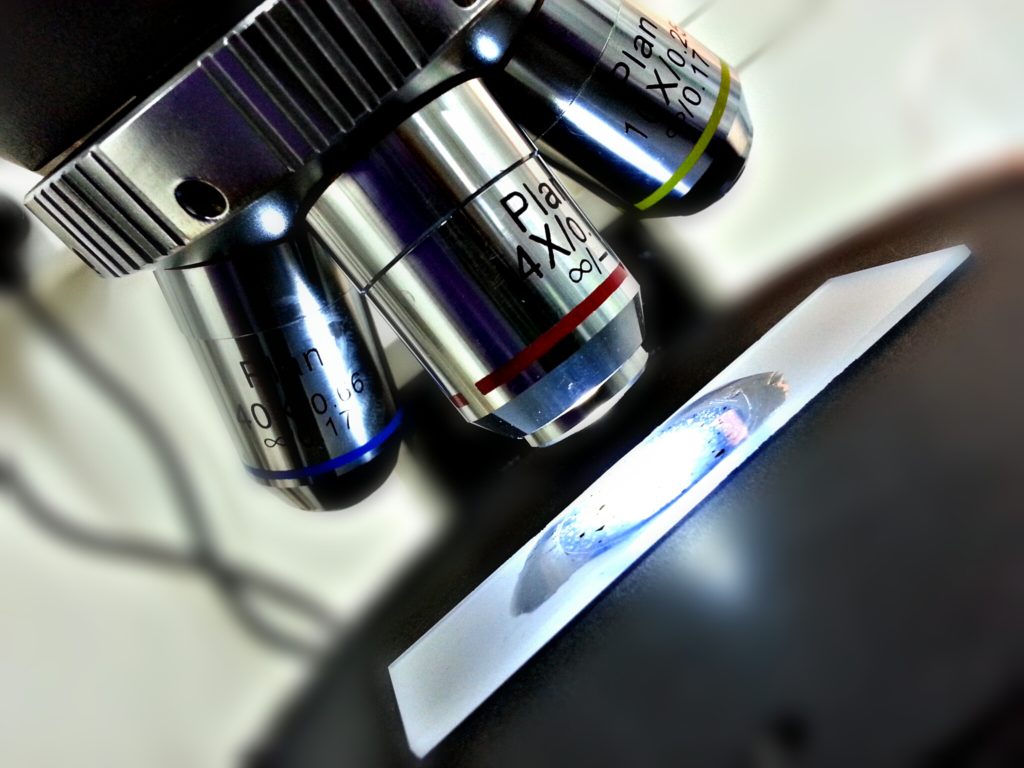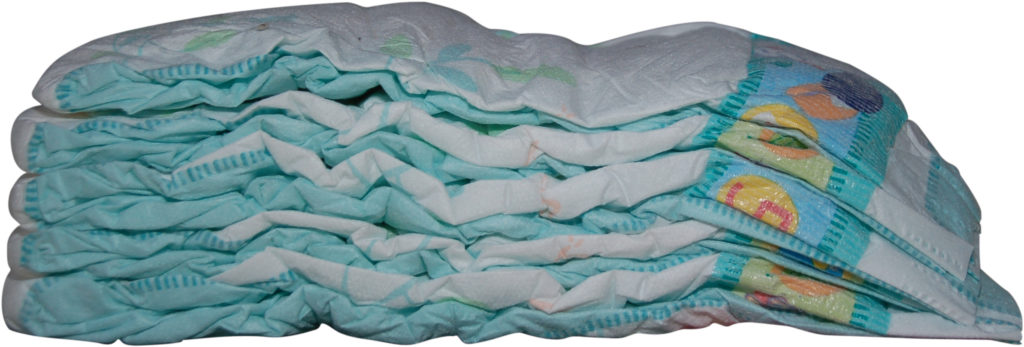I recently (well, fairly recently) gave a presentation in my research group on this topic. Both microscopy and polymer synthesis are sciences close to my heart, so I thought it was worth attempting to explain the science to a wider audience. Please do have a look at the paper or Science Mag. article if you’re interested in learning more. My original presentation took a more in-depth look at the science, but I felt this was not appropriate for a blog post.
Microscopy: Biology’s teeny tiny little camera
Microscopy is a hugely valuable technique in many fields, not least biology. Using microscopy, we have access to high-quality images of structures we could not see by eye, and this allows us to visualise the workings of organisms, cells and even sub-cellular processes.
Microscopy has led to so many key discoveries such as the cell, which was discovered by Hooke using an optical microscope, and it has contributed to and even won Nobel Prizes (such as in super-resolved fluorescence microscopy in 2014).
The issue with optical microscopy
The oldest form of microscope is the optical microscope. These are microscopes using a complex series of lenses to magnify an image. And the higher resolution optical microscopes are termed confocal microscopes. These are able to takes images through z-planes (they take “stacks” of 2D images and show them to the user as a 3D image) and videos of subcellular structures.
This is where it gets a little complex (apologies). See, there is a problem with typical optical microscopes. Their resolution (that is, the quality of the images, and their ability to zoom in further) is limited by diffraction. Visible light passing through the microscope’s aperture (the hole where light passes through) undergoes diffraction, and this means that two objects separated on a 2D surface (laterally) less than approximately half the wavelength of light used to image the specimen cannot be observed.
SO how do we surpass this limit? Having higher resolutions for our images is ever more important as we learn more about how our cells work. Neurons (brain cells) are notoriously small, for example. Non-optical microscopy techniques are tricky to implement with living tissue as they can damage it. There are, however, expensive “superresolution” microscopes that can break this “diffraction limit”. I’m now going to show you a technique that bypasses the expense and the damage to cells published in the Journal Science.
The solution: “Expansion Microscopy”
An entirely alternative solution to the above issue is to expand up the living tissue to be able to visualise it with a lower-powered microscope. In the Science paper, the researchers infused starting materials for the preparation of a polymer directly into the tissue. They then added a crosslinker to allow the formation of a web of polymer, and chemicals to initiate the formation of the polymer in the tissue. Infusing water into the polymer web (termed dialysis) encouraged it to swell, in the same way that nappies swell when absorbing moisture.
Using typical techniques for labelling their samples (confocal microscopy requires fluorescent dyes to visualise specimens), the researchers found their samples to be undistorted, and 4.5 times larger than the original tissue. In this way, the technique showed the ability to visualise samples with the same resolution as superresolution microscopes!
This sort of lateral thinking is a wonderful thing in modern science, as much of the research we do these days is based on what is funded by industry. Keep it coming, scientists!
A note from the author: As my posts sometimes touch on emotive subjects, comments are disabled after 14 days. This is because, at this stage, I feel that ongoing discussions tend to stagnate.
References:
- Chen, F., Tillberg, P. W. and Boyden, E. S. (2015) Expansion microscopy. Science Translational Medicine. 346, 6221, 543-548.

